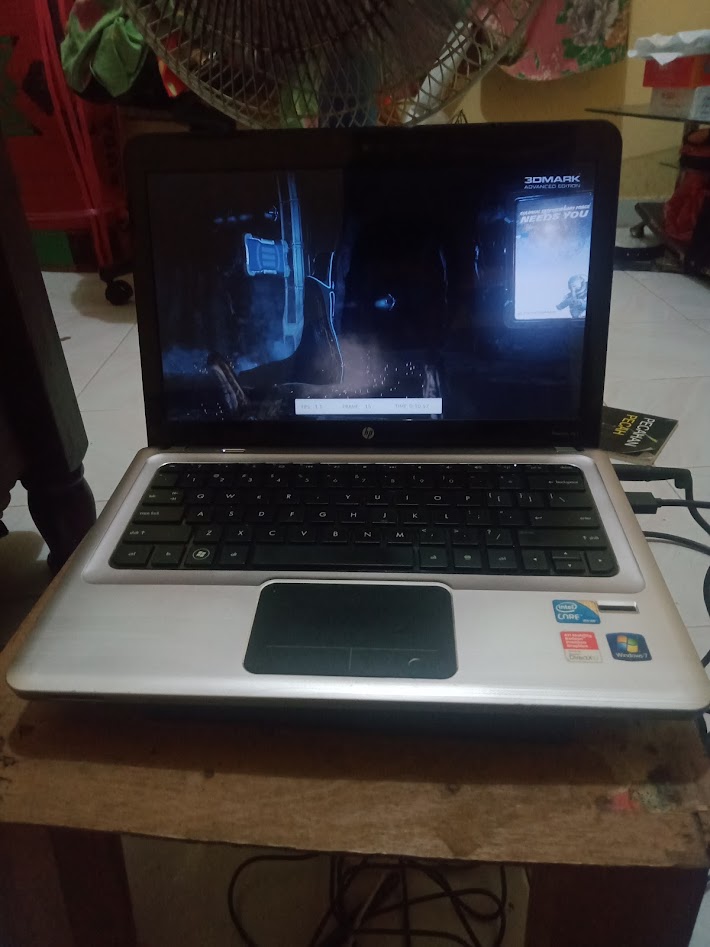HWBOT x265 - 1080P score 4.569 FPS with a i7-720QM
Thursday, 01 January 1970 07:00 | Update at null
Media Gallery
Screenshot

Device, Setup, etc



URL
https://hwbot.org/submission/5068589https://bit.ly/3L2yWwd
Information Detail
Hardware: Intel Core i7 720QM
Specs:CPUID : Intel(R) Core(TM) i7 CPU Q 720 @ 1.60GHz
Architecture : x86
Codename : Clarksfield
L3 Cache : 6MB
Clock : 1.60GHz - 2.80GHz
Core/Thread : 4/8
TDP : 45W
Technology : 45nm
Socket : PGA988
IGPU : -
See more specification...
Software: HWBOT x265 - 1080P
Score: 4.569 FPS
About: HWBOT x265 - 1080PHWBOT x265 Benchmark – 1080p is a CPU performance testing tool designed to measure how fast a processor can encode video using the x265 (HEVC) codec at Full HD resolution (1920x1080 pixels). This benchmark is particularly relevant for users working with video rendering, streaming, or media compression, as it reflects real-world performance in modern encoding tasks.
The benchmark works by running an encoding process on a large video clip using the H.265 format, a more efficient video compression standard than its predecessor, H.264. The focus of this test is the CPU's ability to handle computationally intensive tasks focused on parallel encoding, making it an ideal tool for measuring the multi-core and multi-thread performance of a system.
In 1080p mode, HWBOT x265 provides a medium workload suitable for testing both mid-range and high-end processors. Benchmark scores are expressed in frames per second (FPS), indicating how quickly the system can complete video encoding. The higher the FPS number, the better the CPU's performance in this task.
This benchmark also supports automatic testing and online validation through HWBOT.org, a global overclocking community platform. This makes HWBOT x265 1080p popular among performance enthusiasts, hardware reviewers, and overclockers who want to test their systems fairly and transparently.
Overall, HWBOT x265 – 1080p is a real-world benchmark that not only reflects the computational power of the CPU but also its efficiency in modern encoding tasks, which are crucial in today's digital content era.
The Intel Core i7-720QM, launched in Q3 2009, was one of the first mobile quad-core processors to feature Intel's Nehalem microarchitecture, specifically the Clarksfield variant. Targeted at high-performance laptops, such as gaming machines and mobile workstations, the i7-720QM brought 4 physical cores and 8 threads to the mobile platform, thanks to Hyper-Threading Technology providing a significant boost in multi-threaded workloads like video editing, 3D rendering, and other professional-grade applications. The processor runs at a base clock speed of 1.6 GHz, but it can dynamically increase up to 2.8 GHz using Intel Turbo Boost, depending on thermal headroom and power availability.
Manufactured using a 45nm process, the i7-720QM has a TDP of 45W, which is quite high by today's mobile CPU standards. This thermal demand necessitated more robust cooling solutions in laptops that featured the chip. Unlike modern CPUs, the i7-720QM does not come with integrated graphics, which means systems based on this processor require a dedicated GPU often from AMD or NVIDIA for graphics processing and display output. As such, it was typically paired with mid-to-high-end discrete graphics cards in its time, making it a solid choice for gaming and multimedia laptops in the late 2000s and early 2010s.
While the Core i7-720QM was a powerhouse during its release, its performance and efficiency are significantly outpaced by modern CPUs built on smaller nodes and with higher IPC (Instructions Per Clock). Nevertheless, legacy laptops using the i7-720QM can still be viable for basic computing tasks like web browsing, document editing, or watching videos especially if paired with an SSD upgrade and increased RAM. Users running Windows 10 on such systems may experience some limitations, but with proper optimization and lightweight software, the CPU can still deliver a usable experience in non-demanding environments.
Hardware Detail:
Device: HP Pavilion dv3-4054TX
RAM: 4GB DDR3 Single Channel
OS: Windows 7, Windows 10
* Not Avaiable
